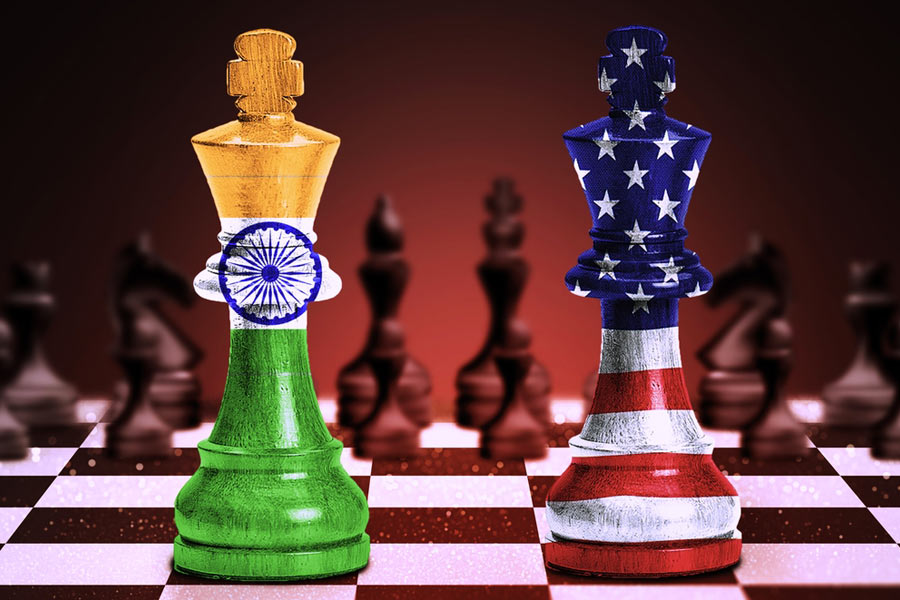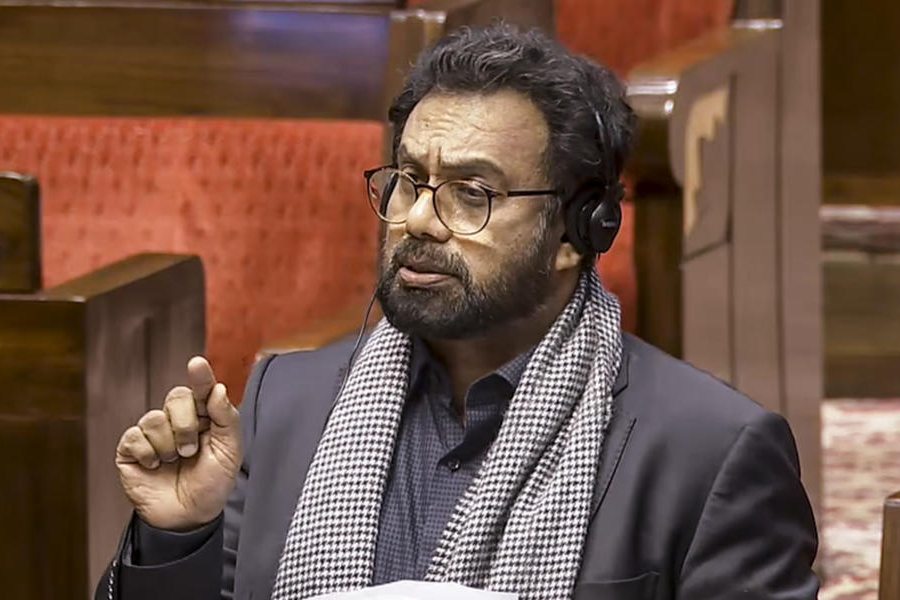Muslim religiosity in India — an expressed adherence to Islamic belief by Muslims and the performance of religious practices, such as namaz and roza — has always been seen as a settled issue. It is strongly believed that Muslims are more religious than other religious communities and every aspect of their social life, especially their political world view, is determined by Islam.
This highly-rigid assumption is often used in two very different ways. In a negative sense, Muslim religiosity always comes across as a destabilizing phenomenon. For a rigid, secular mind, adherence to Islam is seen as an obstacle that prevents Muslims from embracing modernity. The Hindutva groups envisage, on the other hand, Muslim religiosity as a serious threat to Hinduism. The Muslim congregational prayers and Islamic emphasis on community feeling/brotherhood are always described as a communal strategy to weaken Hindu presence. The old Hindutva slogan, ‘Garv se kaho hum Hindu hai’ actually underlines this anxiety.
There is also a positive interpretation of Muslim religiosity. It is claimed that the crisis of identity, especially the challenge posed by aggressive Hindutva in recent years, would eventually force Muslim communities to take refuge in the domain of spirituality. In other words, the Hindutva threat will make Muslims more Islamic.
Interestingly, the contemporary Muslim imaginations of Islam and religious practices are very different from these given explanations. Various survey-based studies (conducted by CSDS-Lokniti and an all-India study by Pew Research Center in 2021) as well as recent ethnographic works on Muslim communities tell us that Muslim religiosity is not a static phenomenon at all. Muslims, like other religious communities, practise religion in a number of different ways. This diversified, ever-changing engagement with Islam actually determines the nature of Muslim religiosity in different contexts.
The recently published report, Indian Youth: Aspiration and Vision for the Future, a study conducted by CSDS-Lokniti and Konrad Adenauer Stiftung, Germany, is relevant to our understanding of the changing patterns of religiosity among Muslim youth in India. This report is based on a representative sample of 6,277 young respondents (aged between 15 to 34 years) and covers 18 states. The report shows that a significant majority of Muslims offer namaz on an almost regular basis (86 per cent; 45 per cent of the respondents said that they offer namaz five times a day). This finding confirms that namaz is the core element of contemporary Indian Islamic religiosity.
However, this enthusiastic response for namaz must also be seen in a comparative manner. In 2016, when a similar survey was conducted by CSDS-Lokniti, around 97 per cent of Muslims reported that they offered namaz on a regular basis. This means that there has been a significant decline in the actual number of regular Muslim worshippers in the last five years.
This is also true about the observance of roza (fasting) during the month of Ramazan. According to the report, around 85 per cent young Muslim respondents said that they observed fasting regularly. This figure in itself is quite impressive. However, if we compare this response with the findings of the 2016 survey, a different picture emerges. The 2016 study notes that 93 per cent young Muslim respondents reported that they are committed to keeping a fast during Ramazan. On the basis of these responses, the report argues that young Muslims are gradually moving away from religious practices. In fact, young Muslim women are relatively less religious than Muslim men.
These findings, we must remember, should not be exaggerated to make sweeping generalizations about any possibility of secularization among Muslims. Instead, these facts must be seen as indicators to explore the significant manifestations of Islamic religious practices in contemporary India. Two very broad observations could be made in this regard.
First, it is clear that Muslim religiosity is facing a serious internal crisis. The impact of 20th-century Islamic religious reform movements, which actually defined the contours of the religious domain, is gradually declining. These movements are no longer capable of responding to the emerging social and cultural issues young Muslims often encounter.
Take, for instance, the Tablighi Jamaat. It was a Sunni religious reform movement that redefined the concept of dawa (invitation to Islam) in a significant way. The Jamaat gives tremendous emphasis on namaz-centric religion to invite Muslims to embrace Islam in purely spiritual terms. This non-controversial notion of dawa became attractive for traumatized Muslim communities, especially in post-Partition, North India. The Tablighi Jamaat gradually became the most dominant form of Sunni religiosity in later decades.
However, the Tablighi Jamaat has suffered from a serious internal problem. In order to propagate a non-controversial, namaz-centric religion, the Jamaat’s leaders discourage discussions and deliberations even on strictly spiritual aspects. There is no space for new ideas and energies in the Jamaat’s religious world view. In a way, it has begun to disintegrate as a religious reform movement. The decline of such established forms of Islamic religiosity, it seems, has begun to unsettle the Muslim religious imaginations in a slow, gradual manner. They still offer namaz and observe roza to assert their Muslimness; yet, there is an increasing disenchantment with these practices. This is the reason why only 18 per cent of the young Muslim respondents feel that religiosity among Muslims has increased in the last few years.
The second crucial observation is about the complex Muslim responses to aggressive Hindutva. The report shows that young Muslims remain apprehensive about the fate of communal harmony in the country. A significant number of respondents also claim that they have experienced discrimination among friends because of their religion. These everyday concerns, however, are not entirely interpreted through the prism of religion or religiosity. Muslim respondents seem to interpret the growing intolerance in the country as a political phenomenon, which is often used for electoral mobilization.
These two broad observations introduce us to the complexities of the everyday life of Muslim communities. It appears that Muslims create a thin, dividing line between an inner domain of spirituality and the outer domain of politics. The crisis of religiosity is placed in the inner domain simply to explore new moral and ethical possibilities within the framework of Islam. Aggressive Hindutva, on the other hand, is seen as an essential element of the outer political domain to work out various survival strategies in an overtly hostile, anti-Muslim environment.
(Hilal Ahmed is Associate Professor, CSDS, New Delhi)










